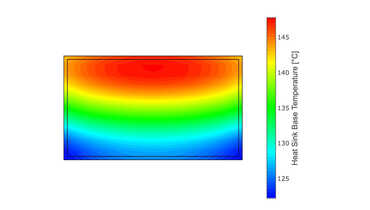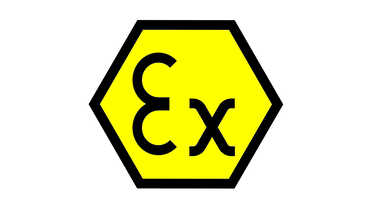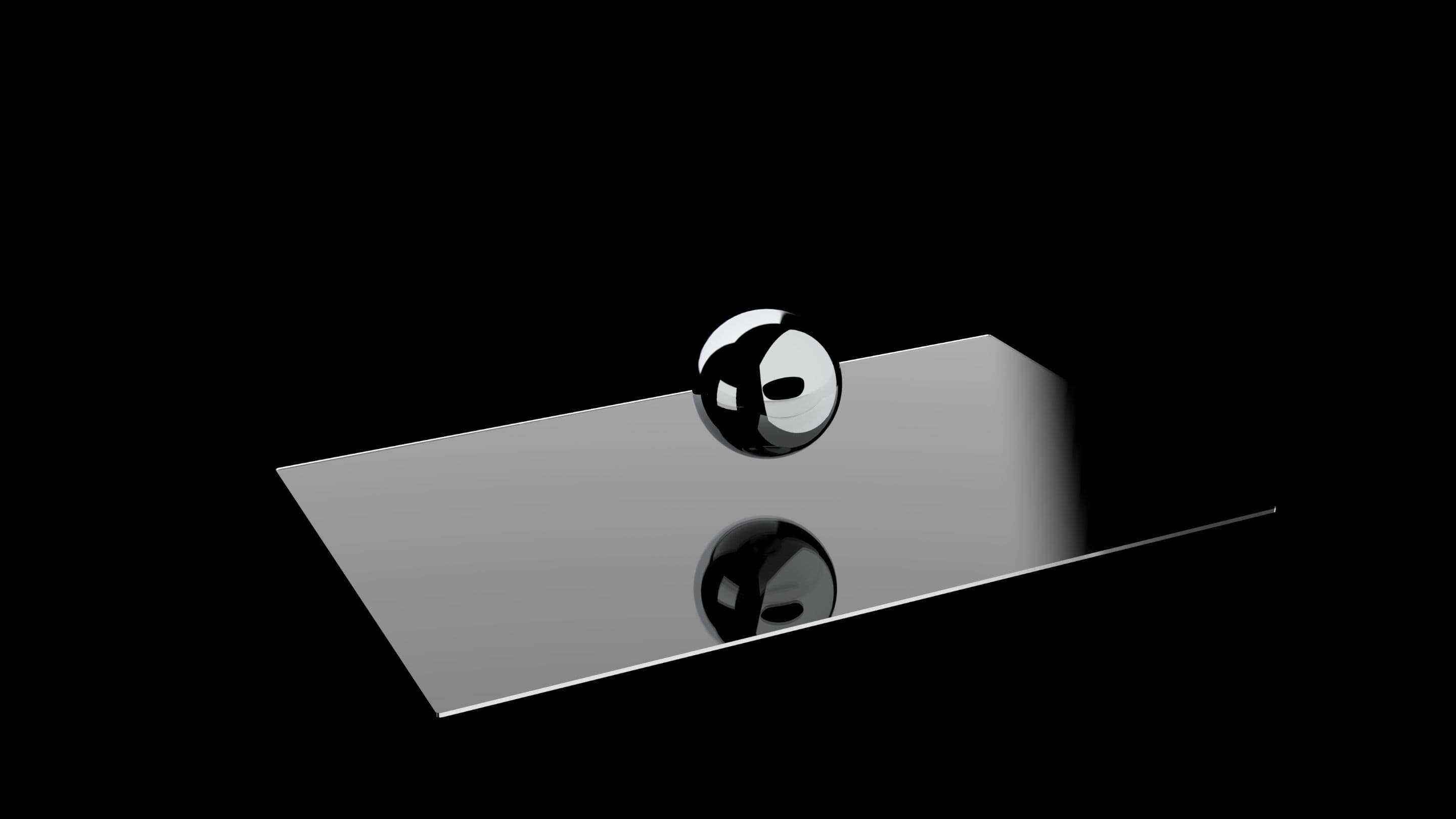Heat Treating: Where the annealed glass is subjected to a special heat treatment in which it is heated to about 680°C and afterwards cooled.
Chemical Strengthening: The glass is covered by a chemical solution which produces a higher mechanical resistance. Chemically - strengthened glass has similar properties to thermal-treated glass.
Strengthening Glass
The rate of cooling directly affects the strength of glass. The regular process of cooling - or annealing - float glass results in a slow rate. Stronger glass can be produced by changing the rate of cooling. Two types of stronger glass are:
- Heat-Strengthened Glass
- Tempered Glass
Heat-strengthened glass is cooled at a rate faster than regular annealed glass. Tempered glass, in turn, is cooled at a faster rate than heat strengthened glass. Another way to strengthen glass is to use more than one lite of glass in the application. Laminated glass consists of two or more lites of glass, joined by a layer of plastic.
In many modern buildings, the glass must be as strong as possible. Three basic reasons to strengthen glass are to:
- Increase Wind Load
- Increase Impact Resistance
- Combat Thermal Stress
Architects and designers must consider the force of wind on a building or installation when choosing glass. Wind causes glass to deflect. This deflection strains not only the glass itself but the entire glazing system: the framework, gaskets and sealants.
Impact resistance is closely related to wind load because the wind carries such things as hailstones, dust, small stones and other debris. During tornadoes and hurricanes, the wind carries many larger objects.
As glass heats, it expands. The center portion of a lite gets hotter and expands at a greater rate than the edges. The stresses on the edges are usually greater at the center of each edge and decrease toward the corners. The imbalance strains the edges. This is called thermal stress. The edge strength of the lite, therefore, greatly determines its ability to resist breaking. Clean-cut edges offer the greatest edge strength. This is particularly crucial with heat-absorbing glass. A well-designed glazing system also reduces stresses on the glass.
Heat-strengthened glass is made by heating annealed glass uniformly, then cooling it at a slower rate than tempered glass. Characteristics include:
- Is about twice as strong as regular annealed glass of the same size and thickness.
- Is more resistant to wind loading and impacts than regular annealed glass though less resistant than tempered glass.
- Fractures into large, jagged pieces, similar to annealed glass.
Heat-strengthened glass is generally used in high-rise buildings to help the glass resist thermal stress. It is also used in the making of spandrel glass. Spandrel glass is obscure glass that is used in non-vision areas. Because heat-strengthened glass fractures into large jagged pieces, it does not qualify as a safety glazing material. All building codes require safety glazing for shower doors, commercial doors and store fronts for safety purposes.
Glass gains considerable strength from tempering. A lite of tempered glass is about four times stronger than a lite of annealed glass of the same size and thickness. Characteristics include:
- The only characteristic of the annealed glass affected by tempering is its bending or tensile strength:
- Tempering increases the tensile strength of glass.
- This makes tempered glass better able to resist the forces caused by heat, wind and impact.
- Tempering does not change:
- The color, chemical composition, or light transmission characteristics of the annealed glass.
- Its compression strength (the ability of the glass to resist crushing forces)
- The rate at which the glass conducts and transmits heat.
- The rate at which the glass expands when heated.
- The stiffness of the glass.
The main reasons to use tempered glass are:
- Tempered glass, when broken, is designed to shatter into cube-shaped particles. It therefore qualifies as a safety glazing material.
- Tempered glass offers greater strength against deflection, and thus, better resistance to the force of wind, than heat-strengthened glass. It is more effective if placed within a well-designed, overall glazing system.
- Tempering increases the ability of glass to survive the impact of objects that may strike the building. When tempered glass does break, it shatters into small cubes, reducing the likelihood of serious injury on impact.
- Tempering increases a lite's edge strength. Thus tempered glass is specified when designers anticipate high thermal stresses.
Tempered glass is made by heating annealed glass uniformly. The glass can be from 1/8" to 3/4" thick. The annealed glass is then cooled rapidly by blowing air uniformly onto both surfaces at the same time. This is known as air quenching. Rapid cooling increases the compression forces on the surface and the tension forces inside the glass. Two processes are used to temper glass:
- Vertical tempering
- Horizontal tempering
In vertical tempering tongs are used to suspend the glass from its top edge. It moves vertically through the furnace in this manner. In horizontal tempering the glass moves through the furnace on stainless steel or ceramic rollers. Of the two processes, horizontal tempering is the more common. Tempered glass is identified by a permanent label, called the bug, which is placed into the corner of each tempered lite. Tempered glass cannot be cut, drilled or edged. These processes must be performed on the glass before tempering.
Laminated glass, sometimes called "lami," is made by placing a layer of polyvinyl butyral (PVB) between two or more glass lites. The PVB can be clear or tinted and commonly varies in thickness from .015" to .090", but it can be as thick as .120" for special applications. The entire unit is then fused under heat and pressure in a special oven called an autoclave. The laminating process can be performed on clear, tinted, reflective, heat-strengthened or tempered glass. Characteristics include:
- When laminated glass breaks, the glass particles adhere to the PVB and do not fly or fall. Certain combinations of glass and PVB thicknesses qualify as safety glazing materials under the health and safety standards set by the American National Standards Institute (ANSI). For example, laminated glass with a .030 PVB layer sandwiched between two pieces of two-millimeter annealed glass meets the minimum requirement for safety glazing.
Applications-In addition to safety glazing, laminated glass has many specialty applications, including sound reduction and security.
REFLEX Analytical introduces a chemical strengthening process for glass substrates into their optical fabrication capability. The treatment is accomplished through a chemical ion-exchange on the surface of a substrate. Na+ -K+ exchange introduces compressive stresses at the surface and these stresses act as an effective toughening mechanism, thereby increasing the strength and decreasing the susceptibility to damage initiation. This enables the glass to be used to higher levels of tensile stress, with strengths comparable to aluminum alloys.
Notably at this time, the flexural strength of chemically treated glass can reach as high as 100,000 psi (100 Ksi) which is near equivalent to the optical and mechanical properties of the highly durable, yet more expensive Sapphire optical material which is second only to Diamond in terms of hardness and is impervious to water, most acids, alkalis and harsh chemicals. A patent pending process has been developed to increase the flexural strength to 150,000 psi (150 Ksi) which will far exceed Sapphire's rating of 108,000 psi (108 Ksi). Chemically strengthened glass demonstrates outstanding mechanical, chemical and optical properties which represents a major advance in glass science technology.
The chemically treated glass boasts a transparency range from the UV through the visible and into the infrared. This permits weapons systems designers to operate guidance devices whether they are CCD, radio frequency, infrared or laser based. The material's proponents stress that chemically treated glass is not just for use in military applications. It can be used in numerous applications that demand toughness and optical clarity. The material is also useful for viewports, protective covers, and front surface optics in hostile environments whose elements may include high temperature, high pressure and vacuum conditions. Less demanding applications include point of sale scanner windows used in grocery store and retail scanners.
Custom components are encouraged and available upon request; mechanical drawings with specifications and tolerances are prerequisite.
Manufacturing
Toughened glass is made from annealed glass via a thermal tempering process. The glass is placed onto a roller table, taking it through a furnace that heats it above its annealing point of about 720 °C. The glass is then rapidly cooled with forced air drafts while the inner portion remains free to flow for a short time. An alternative chemical process involves forcing a surface layer of glass at least 0.1mm thick into compression by ion exchange of the sodium ions in the glass surface with the 30% larger potassium ions, by immersion of the glass into a bath of molten potassium nitrate. Chemical toughening results in increased toughness compared with thermal toughening, and can be applied to glass objects of complex shape.[1] [touchscreen:edit]Advantages
The term toughened glass is generally used to describe fully tempered glass but is sometimes used to describe heat strengthened glass as both types undergo a thermal 'toughening' process. There are two main types of heat treated glass, heat strengthened and fully tempered. Heat strengthened glass is twice as strong as annealed glass while fully tempered glass is typically four to six times the strength of annealed glass and withstands heating in microwave ovens. The difference is the residual stress in the edge and glass surface. Fully tempered glass in the US is generally above 65 MPa while Heat Strengthened glass is between 40 and 55 MPa. It is important to note that while the strength of the glass does not change the deflection, being stronger means that it can deflect more before breaking.[touchscreen:citation needed] Annealed glass deflects less than tempered glass under the same load, all else being equal. [touchscreen:edit]Disadvantages
Toughened glass must be cut to size or pressed to shape before toughening and cannot be re-worked once toughened. Polishing the edges or drilling holes in the glass is carried out before the toughening process starts. Due to the balanced stresses in the glass, damage to the glass will eventually result in the glass shattering into thumbnail-sized pieces. The glass is most susceptible to breakage due to damage to the edge of the glass where the tensile stress is the greatest, but shattering can also occur in the event of a hard impact in the middle of the glass pane or if the impact is concentrated (for example, striking the glass with a point). Using toughened glass can pose a security risk in some situations due to the tendency of the glass to shatter completely upon hard impact rather than leaving shards in the window frame[2].
What is chemical tempering?
Chemical tempering is a surface treatment performed under vitreous transition, when glasses are dipped into a bath with melted potassium salt at a temperature above 380[touchscreen:degrees]C. An exchange takes place between the potassium ions in the salt and the sodium ions on the surface of the glass. The introduction of potassium ions larger than the sodium ones leads to residual stress, which is characterised by a compressed tension on the surface that is compensated by stress tension inside the glass.
Chemical tempering should be considered in the following situations:
When glass thickness is less than 2.5mm (it is very difficult to thermally temper glass of this thinness);
where glass with complex bending or dimensional characteristics cannot be tempered with thermal equipment;
where mechanical resistance is needed that is superior to that obtainable with thermal tempering (for instance, in special industrial or architectural applications);
where an impact resistance superior to that obtainable with traditional thermal tempering is required;
where there is a high optical requirement and no glass surface deformation can be tolerated (for example, for industrial and motor applications).
Properties
Chemically tempered glass can be formed with a special chemical composition, such as sodium-calcium glass. It can start from a thickness of 0.5mm and can measure up to 3200 x 2200mm.
Different values can be obtained depending on the cycle length and temperature, and can be selected according to special project requirements and the conditions under which the glass article will be used. Chemical tempered glass can be cut, ground, drilled, shaped and decorated.



